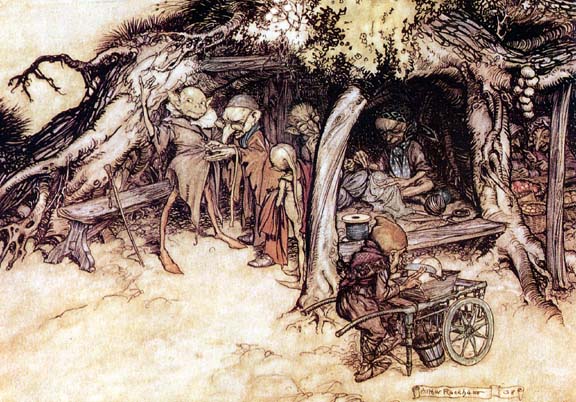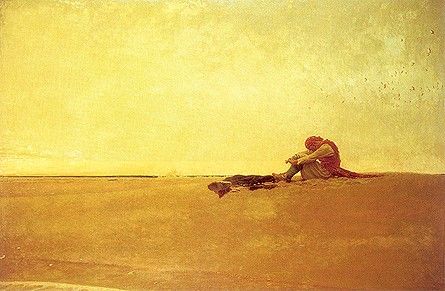Hello,
Here is another tale from the warped side of my brain...
Every
child dreams about flying, but when have we ever gotten the chance to
do so... Max did though. Max Teller is a precocious boy who was left in
a precarious predicament one fine afternoon. Can you even imagine what
soup this child got himself into? Alas not, then I will tell you.
Have
you not desired that one day you could be brave enough to fly? Of
course you have, we all have been children. Some people like myself in
an advanced age remain one to this day. My envy for Mr. Teller can not
be rivaled, for he indeed flew! Oh he did not start off so brave, nor
was it a journey he asked for, but one that called him!
Read our tale today and find out if Max what happens to Max!
The Print version will not be available till March, but you can buy the Kindle version on Amazon Today!
Go for it!
~Chris
To find out more about Chris and his peculiar habits visit his page filled with fun games and animation. Then check out his publishers page to see a list of his books and the works of his friends at Salem House Press. Also check out the cool site dedicated to The Salem Trilogy!
Welcome
Please enjoy the wacky world my pencils and paints create for you. As an illustrator I try to bring you a world in which you have not read before or have seen in movies yet. My minds eye comes from behind the curtain in that chocolate factory that Willie Wonka didn't let you peer behind. Now I am opening it for you! Come in and take a look...
Thursday, January 23, 2014
Fairies!
Arthur Rackham created the world of fairies, elves, gnomes and the other woodland creatures. He influenced Alan Lee and Brian Froud. His critters filled children's head for nearly a century now!
Arthur Rackham's works have become very popular since his death, both in North America and Britain. His images have been widely used by the greeting card industry and many of his books are still in print or have been recently available in both paperback and hardback editions. His original drawings and paintings are keenly sought at the major international art auction houses.
Typically, Rackham contributed both colour and monotone illustrations towards the works incorporating his images - and in the case of Hawthorne's Wonder Book, he also provided a number of part-coloured block images similar in style to Meiji era Japanese woodblocks.
Rackham's work is often described as a fusion of a northern European 'Nordic' style strongly influenced by the Japanese woodblock tradition of the 19th century.
Arthur Rackham
Arthur Rackham is widely regarded as one of the leading illustrators from the 'Golden Age' of British book illustration which encompassed the years from 1900 until the start of the First World War. During that period, there was a strong market for high quality illustrated books that typically were given as Christmas gifts. Many of Rackham's books were produced in a de luxe limited edition, often vellum bound and sometimes signed, as well as a larger, less ornately bound quarto 'trade' edition. This was often followed by a more modestly presented octavo edition in subsequent years for particularly popular books. The onset of the war in 1914 curtailed the market for such quality books, and the public's taste for fantasy and fairies also declined in the 1920s.Arthur Rackham's works have become very popular since his death, both in North America and Britain. His images have been widely used by the greeting card industry and many of his books are still in print or have been recently available in both paperback and hardback editions. His original drawings and paintings are keenly sought at the major international art auction houses.
Technique
Rackham invented his own unique technique which resembled photographic reproduction; he would first sketch an outline of his drawing, then lightly block in shapes and details. Afterwards he would add lines in pen and India ink, removing the pencil traces after it had dried. With colour pictures, he would then apply multiple washes of colour until translucent tints were created. He would also go on to expand the use of silhouette cuts in illustration work, particularly in the period after the First World War, as exemplified by his Sleeping Beauty and Cinderella.[4]Typically, Rackham contributed both colour and monotone illustrations towards the works incorporating his images - and in the case of Hawthorne's Wonder Book, he also provided a number of part-coloured block images similar in style to Meiji era Japanese woodblocks.
Rackham's work is often described as a fusion of a northern European 'Nordic' style strongly influenced by the Japanese woodblock tradition of the 19th century.
May the Real Wyeth Stand Up!
We all know Andrew Wyeth and his sons...
But their father made dreams!
But their father made dreams!
N.C. Wyeth
Newell Convers Wyeth (October 22, 1882 – October 19, 1945), known as N.C. Wyeth, was an American artist and illustrator. He was the pupil of artist Howard Pyle and became one of America's greatest illustrators.[1] During his lifetime, Wyeth created over 3,000 paintings and illustrated 112 books,[2] 25 of them for Scribner's, the Scribner Classics, which is the work for which he is best known.[1] The first of these, Treasure Island, was one of his masterpieces and the proceeds paid for his studio. Wyeth was a realist painter just as the camera and photography began to compete with his craft.[3] Sometimes seen as melodramatic, his illustrations were designed to be understood quickly.[4] Wyeth, who was both a painter and an illustrator, understood the difference, and said in 1908, "Painting and illustration cannot be mixed—one cannot merge from one into the otherHere Is One of My Favorite Illustrators
Howard Pyle
I got to visit his Brandeywine School two summers ago. His work was amazing. Unfortunately the Wyeth's have taken it over....In 1894 he began teaching illustration at the Drexel Institute of Art, Science and Industry (now Drexel University). After 1900, he founded his own school of art and illustration, named the Howard Pyle School of Illustration Art. The scholar Henry C. Pitz later used the term Brandywine School for the illustration artists and Wyeth family artists of the Brandywine region, several of whom had studied with Pyle.[1] Some of his more notable students were N. C. Wyeth, Frank Schoonover, Elenore Abbott, Ethel Franklin Betts, Anna Whelan Betts, Harvey Dunn, Clyde O. DeLand, Philip R. Goodwin, Violet Oakley, Ellen Bernard Thompson Pyle, Olive Rush, Allen Tupper True, Elizabeth Shippen Green, and Jessie Willcox Smith.
His 1883 classic publication The Merry Adventures of Robin Hood remains in print, and his other books, frequently with medieval European settings, include a four-volume set on King Arthur. He is also well known for his illustrations of pirates, and is credited with creating what has become the modern stereotype of pirate dress.[2] He published his first novel, Otto of the Silver Hand, in 1888. He also illustrated historical and adventure stories for periodicals such as Harper's Weekly and St. Nicholas Magazine. His novel Men of Iron was adapted as the movie The Black Shield of Falworth (1954). In 1905 he was elected into the National Academy of Design
Pictures From Howard Pyle
~Chris
To find out more about Chris and his peculiar habits visit his page filled with fun games and animation. Then check out his publishers page to see a list of his books and the works of his friends at Salem House Press. Also check out the cool site dedicated to The Salem Trilogy!
Caption Contest!
What caption would you write for this caption?
The Best Caption wins a Kindle version of Max Teller's Amazing Adventure!
Subscribe to:
Comments (Atom)








